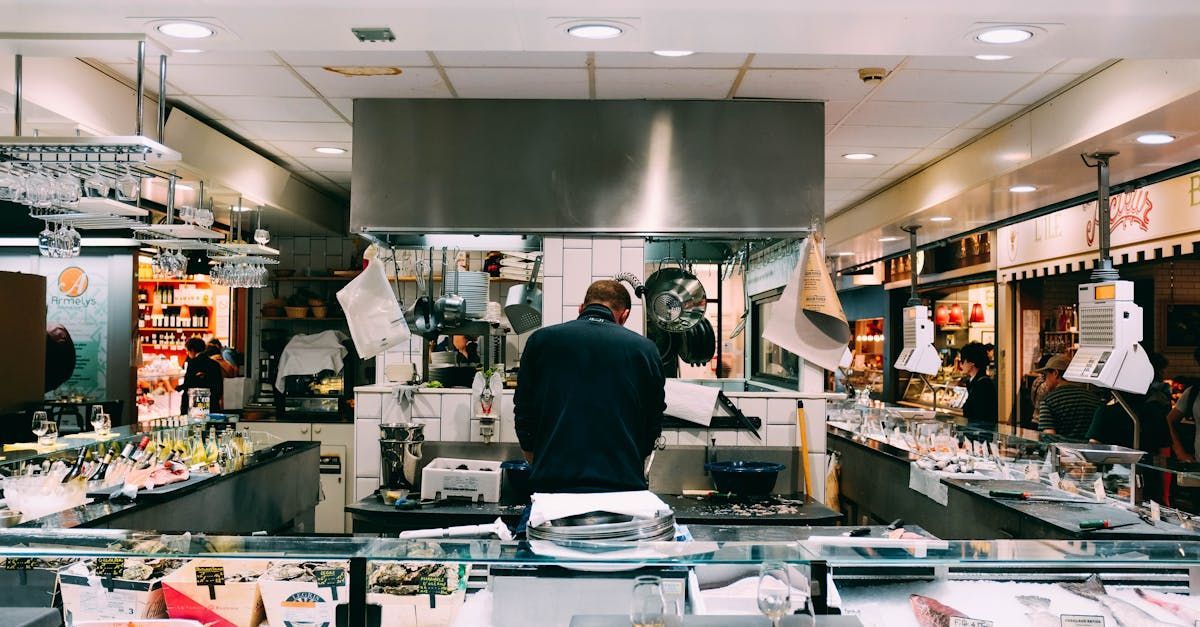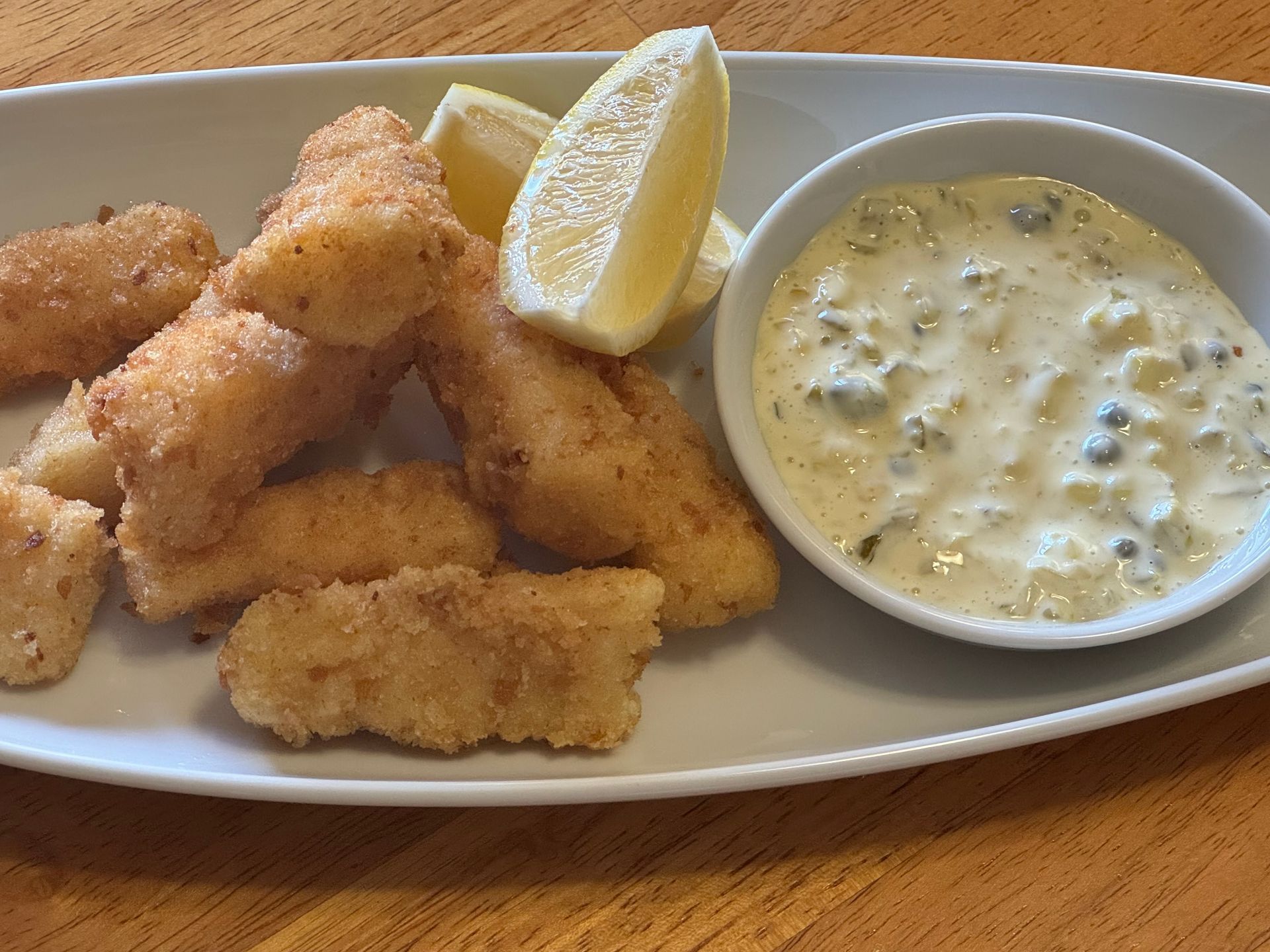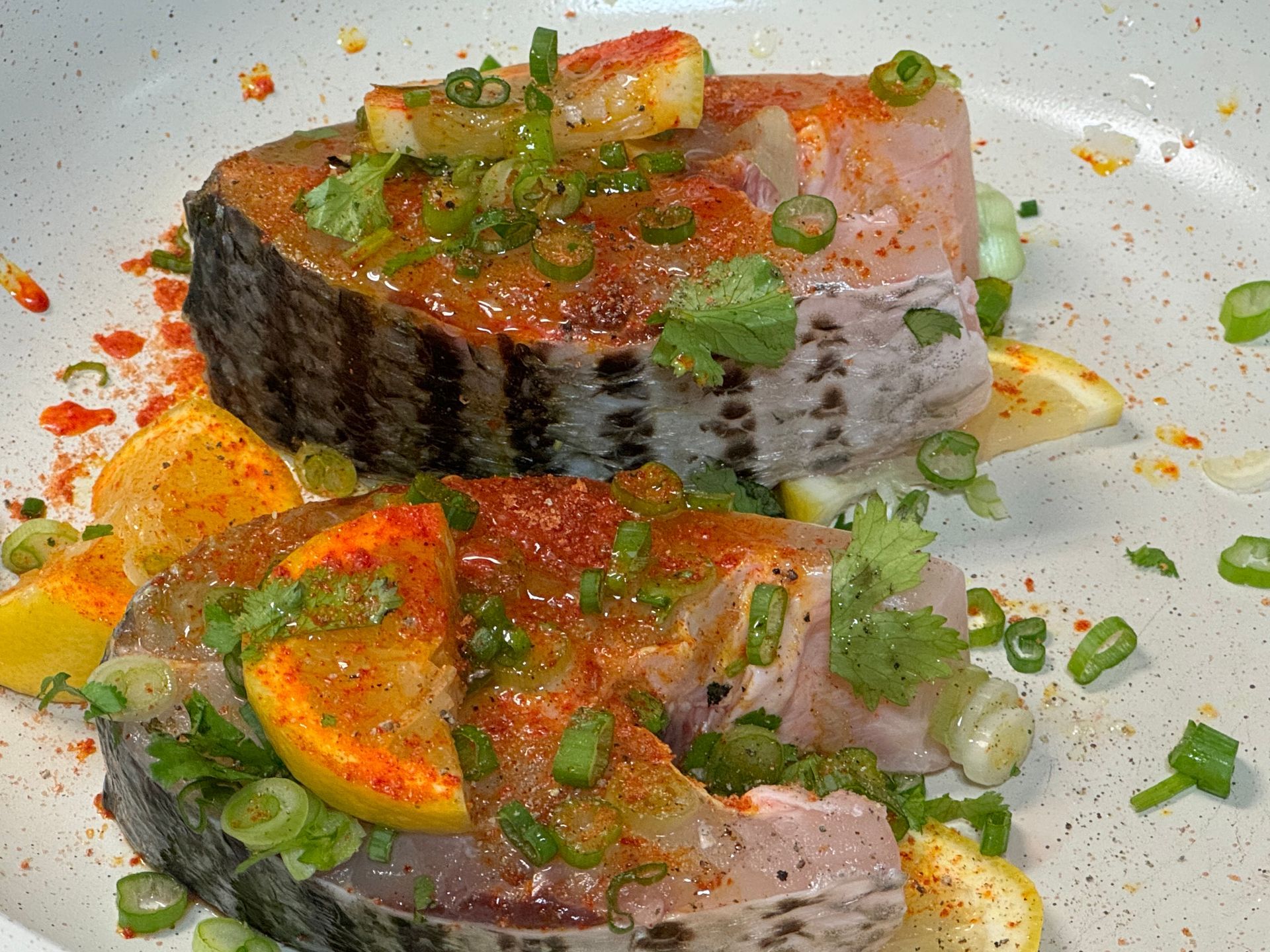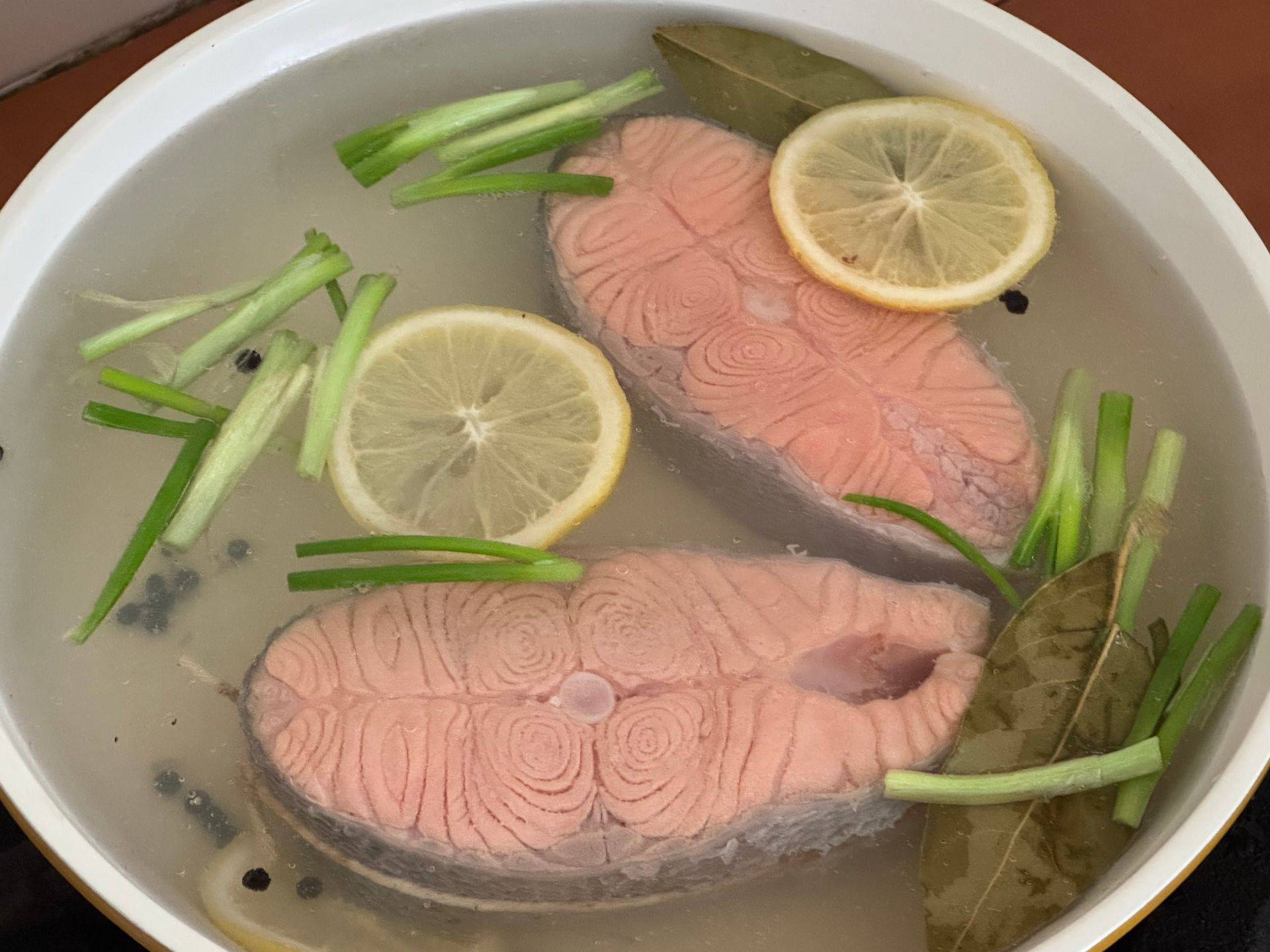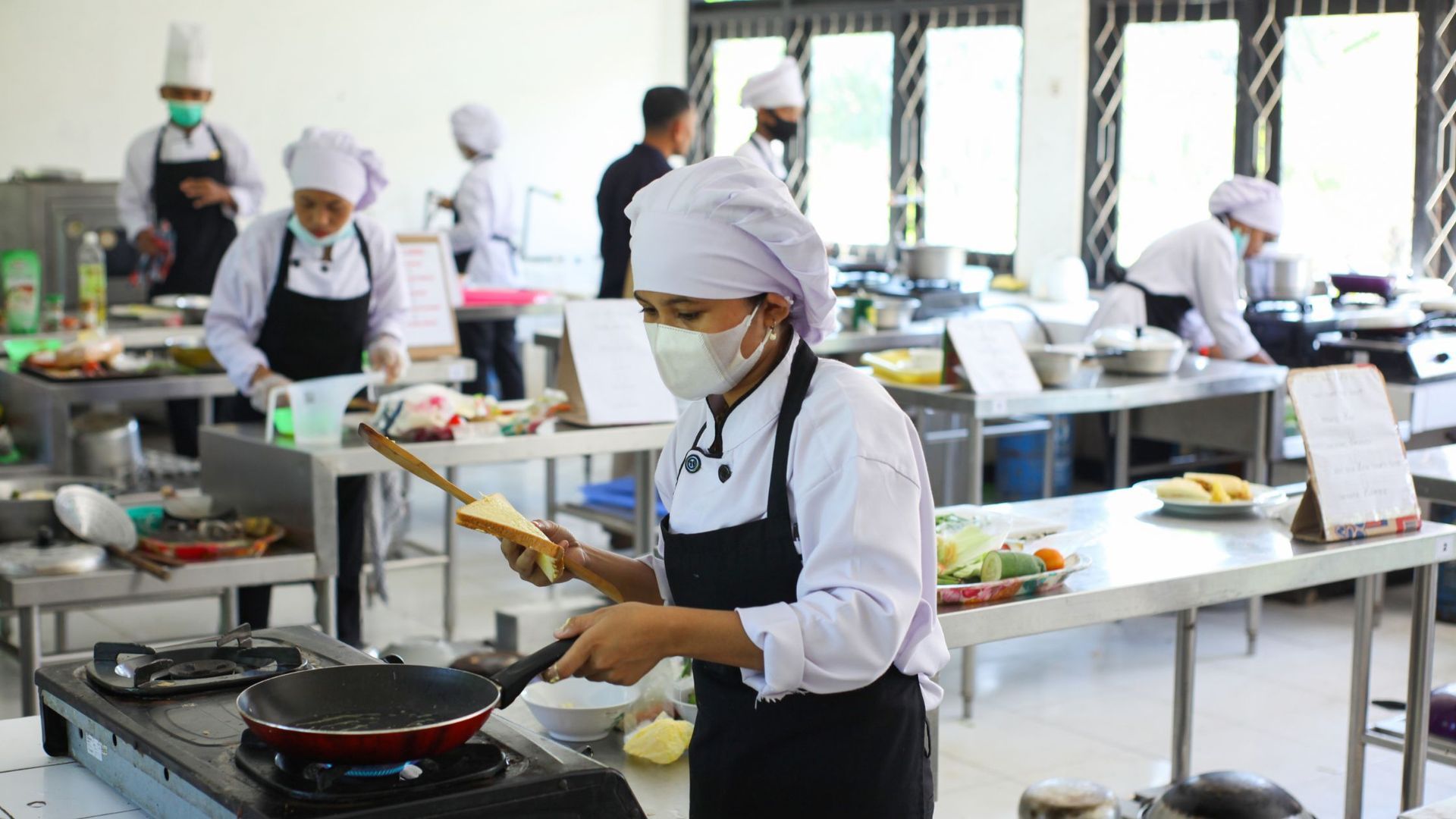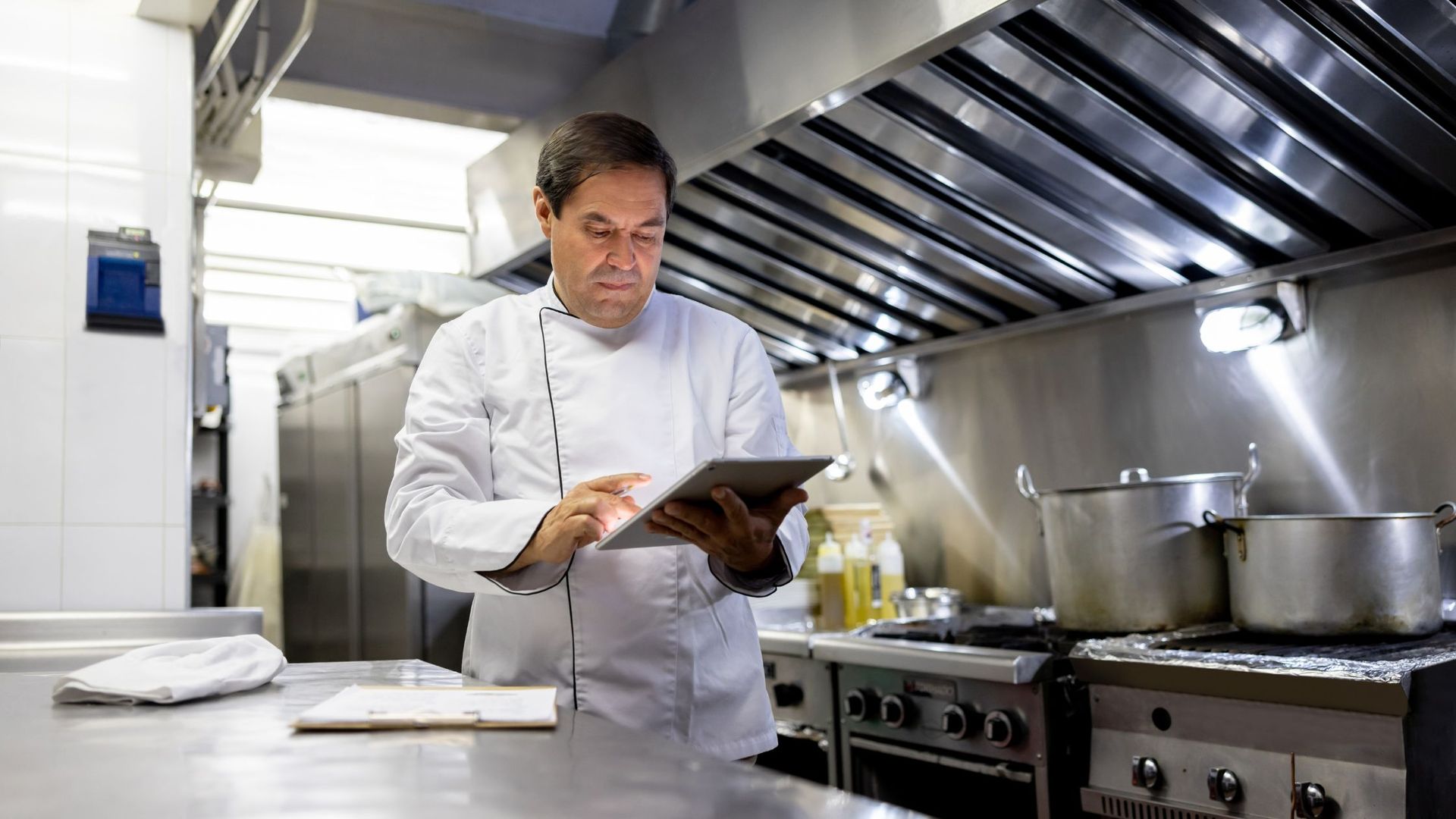Sustainable Sourcing Strategies for Restaurants and Food Companies
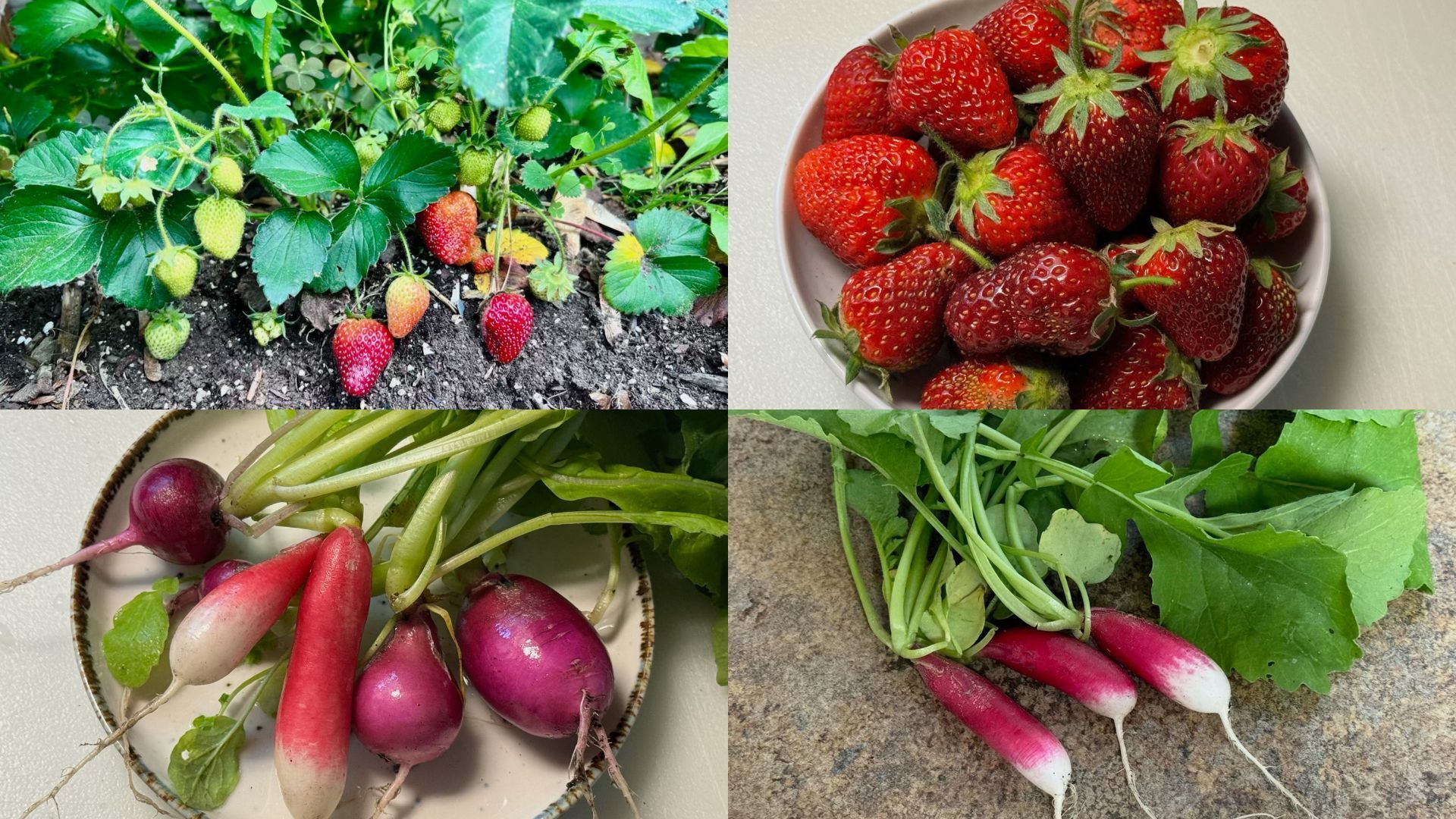
Why Sustainable Sourcing is No Longer Optional
There was a time when “farm-to-table” or “farm-to-fork” were trendy buzzwords some restaurants advertised, presumably to impress diners. Sure, there were chefs, farmers, restauranteurs and entrepreneurs who were the pioneers of farm to table, and in my mind, heroes, preparing food sustainably. They should be celebrated for introducing sustainability to the hospitality industry.
I think most people understand the compelling recommendation of consuming less red meat, pork, chicken, etc. for health and sustainability. Most similarly understand the benefits of avoiding highly-processed foods and consuming more seafood, seaweed, vegetables, pulses, and seeds.
But today, sustainable sourcing is no longer just a marketing tool or counterculture rallying cry—it’s becoming a business necessity and presents an incredible business opportunity for those willing to embrace it.
With food production responsible for 25% of global greenhouse gas emissions, restaurants are under pressure to rethink how they source ingredients. At the same time, consumer preferences are shifting rapidly. A 2024 survey found that 62% of diners prioritize restaurants that embrace sustainability, and a growing number are willing to pay more for ethically sourced meals. Many consumers use their purchasing power to support businesses that have a strong sustainability story
But it’s not just about consumer demand. Sustainable sourcing can also improve operational efficiency, reduce costs, and even safeguard your restaurant against supply chain disruptions. By partnering with local farms, adopting waste-reducing technology, and leveraging new procurement strategies, restaurants can create a more resilient business model while reducing their environmental impact.
So, how can restaurant owners transition to sustainable sourcing in a way that makes sense for their bottom line? Let’s break it down.
Emerging Strategies for Sustainable Ingredient Sourcing
1. Local Sourcing: Beyond the Farmers’ Market
Buying local is one of the most effective ways to cut down on carbon emissions from transportation while ensuring peak ingredient freshness. But today, local sourcing goes beyond just farmer partnerships. Many Chefs are embracing hyperlocal production systems like popular rooftop gardens, hydroponic towers, and even urban beekeeping to bring ingredients even closer to the plate. Locally grown, seasonal foods are simply fresher and, to me, taste better. I especially support purchasing delicious, ‘very’ ripe fruits and vegetables which are less expensive as these foods are not ‘beautiful’! And as a former beekeeper, I understand eating local honey, propolis and other hive products are great for allergies, healing wounds, fighting infections … and I love seeing a small, square of the honeycomb served on restaurant plates-delicious!
Great Chefs such as Thomas Keller, Dan Barber, Melissa Kelly have some of the finest restaurants in America with amazing gardens. They grow herbs, lettuces, vegetables, fruit and produce honey for their menu.
Case Study: Gather in Omaha grows 400 pounds of produce per month using 61 aeroponic towers inside their restaurant, dramatically reducing their reliance on external suppliers.
Actionable Tip: Explore partnerships with community-supported agriculture (CSA) programs or form a collective with other restaurants to support a local regenerative farm.
2. Vertical Farming and Controlled Environment Agriculture
The future of local sourcing may not be in traditional soil farming at all. Vertical farming and aquaponics systems allow restaurants to grow fresh produce indoors, regardless of climate or season. I’ve visited several vertical farms and evaluated many herbs, lettuces, and greens grown ‘vertically’and find this to be very impressive. Although I do not believe the flavors are as good as produce grown in soil, I am a big fan of vertical farming, especially since there are so many people in areas (food deserts) who need fresh produce. I think the cost needs to be figured out so more of this innovation can happen and more people can enjoy fresh produce.
These systems:
- Use 95% less water than traditional farming.
- Yield 390 times more produce per square foot than soil-based farms.
- Ensure year-round availability of high-demand herbs, leafy greens, and microgreens.
Example: Dubai’s Teible restaurant sources 40% of its produce from on-site vertical farming towers, reducing spoilage losses by 60%.
Actionable Tip: Restaurants with limited space can invest in modular hydroponic units that integrate directly into kitchen operations.
3. Regenerative Agriculture Partnerships
Throughout my career I’ve enjoyed visiting large and small farms and speaking with farming experts who are growing food for our country. For years these experts have been sharing their concerns that our vegetables may be lacking healthy nutrients due to poor soil.
Organic has long been positive signal to consumers, but regenerative farming or agriculture is a newer term gaining popularity with many saying it is better. This approach actively restores soil health, increases biodiversity, and sequesters carbon, making it one of the most impactful sustainability investments a restaurant can make. In many instances, improving the soil practices are based upon the practices of farmers from hundreds of years ago.
Example: Stissing House, a fine-dining restaurant in Pine Plains, New York, has built regenerative practices into their operations. According to an article from Restaurant Business magazine, the restaurant buys pork from a local farm that uses pigs to till and regenerate the soil. The farm also grows grain as a cover crop and has a mill that stone grinds the grain, and Stissing House uses it in baked goods.
Actionable Tip: Restaurants can speak to their distributors to ask about products from regenerative agriculture farms. The Regenerative Organic Alliance also has a directory on their website of certified farms and products.
I’ve worked with many large companies where vegetables were literally ordered/purchased a year in advance. The farmers then plant and grow the vegetables requested to satisfy preorders.
4. Circular Economy Strategies: Waste as a Resource
Restaurants generate 11 million tons of food waste annually in the U.S. alone. Upcycling waste into valuable ingredients can reduce disposal costs and boost sustainability efforts. This innovative approach transforms potential food waste into valuable ingredients and products, aligning with growing consumer demand for eco-conscious dining experiences.
As I did my research for this article I happened across an excellent podcast I would recommend everyone listen to. The show is called
Six Inches of Soil and the episode called “Uncultivated: Veggie Vibes” discussed many of the topics I explore in this blog.

